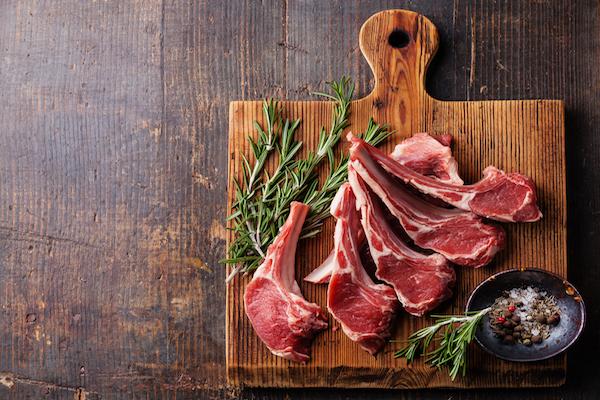There is a growing demand by consumers for foods perceived as natural, fresh-tasting, nutritious, healthy and safe, including meat and meat products (Grunert & Valli, 2001; Morrissey, Sheehy, Galvin, Kerryh, & Buckleyh, 1998). A consumer survey carried out in six European countries indicated that “colour”, “flavour” and “freshness” are the most important intrinsic quality cues for meat before purchase, after purchase, and food safety perception, respectively (Glitsch, 2000). All these quality and safety properties are highly dependent on meat packaging materials and technologies. Due to greater stringency in national and international hygiene and safety standards for fresh and processed meat products, with ever-increasing demands by retailers for cost-effective extensions to product shelf-life and the requirement to meet the above consumer expectations, the meat packaging industry has rapidly developed in the past decade (Kerry, O’Grady, & Hogan, 2006).
It was reported that packaging has become the third largest industry in the world and it represents about 2% of Gross National Product (GNP) in developed countries (Han, 2005; Robertson, 2005). The fundamental reasons for packaging fresh and processed meat products are preventing contamination, delaying spoilage, permitting some enzymatic activity to improve tenderness, reducing weight loss, and retaining colour and aroma (Brody, 1997; Mondry, 1996). Based on this, the current meat packaging practices range from overwrap packaging for short-term chilled storage and/or retail display, to vacuum packaging, bulk-gas flushing or modified atmosphere packaging (MAP) systems for long-term chilled storage, each with different attributes and applications (Kerry, O’Grady, & Hogan, 2006).





